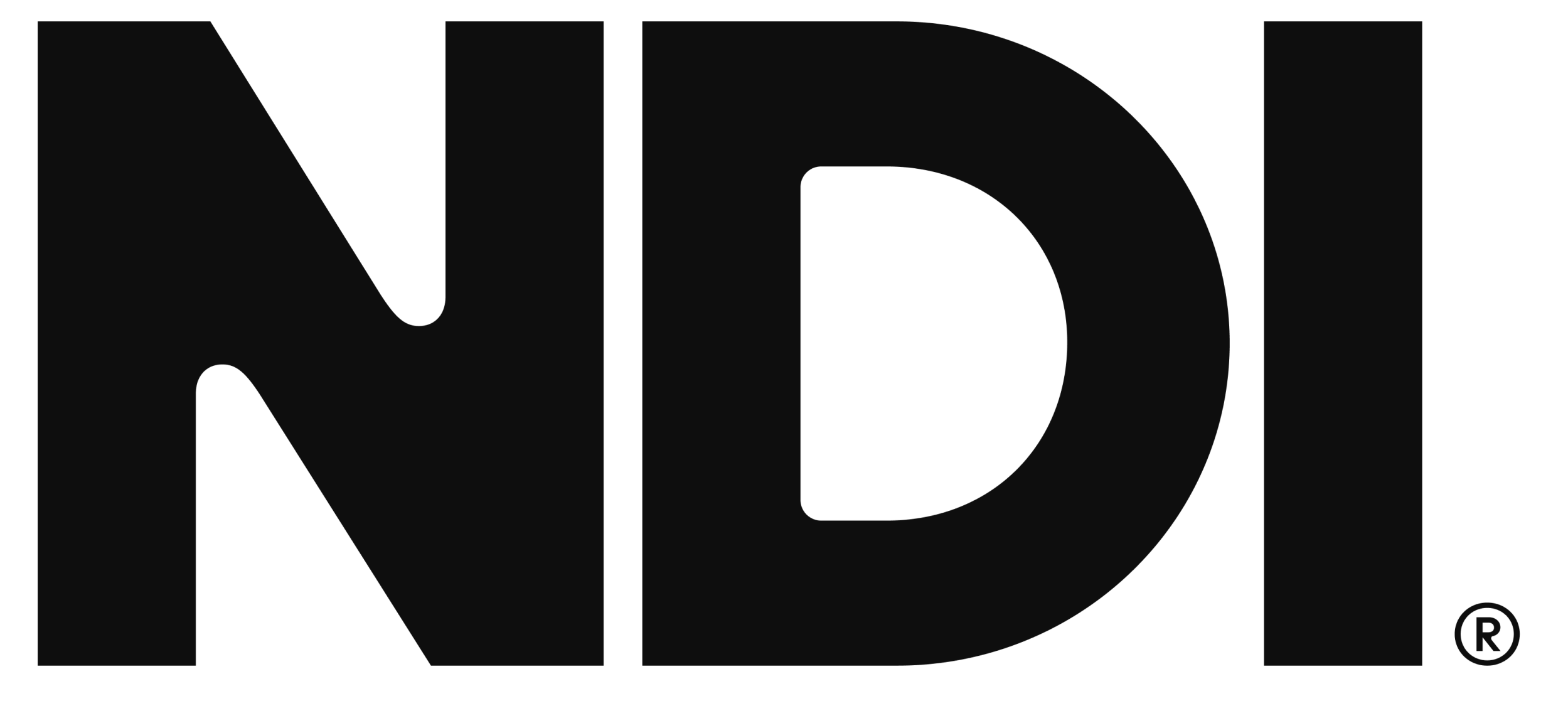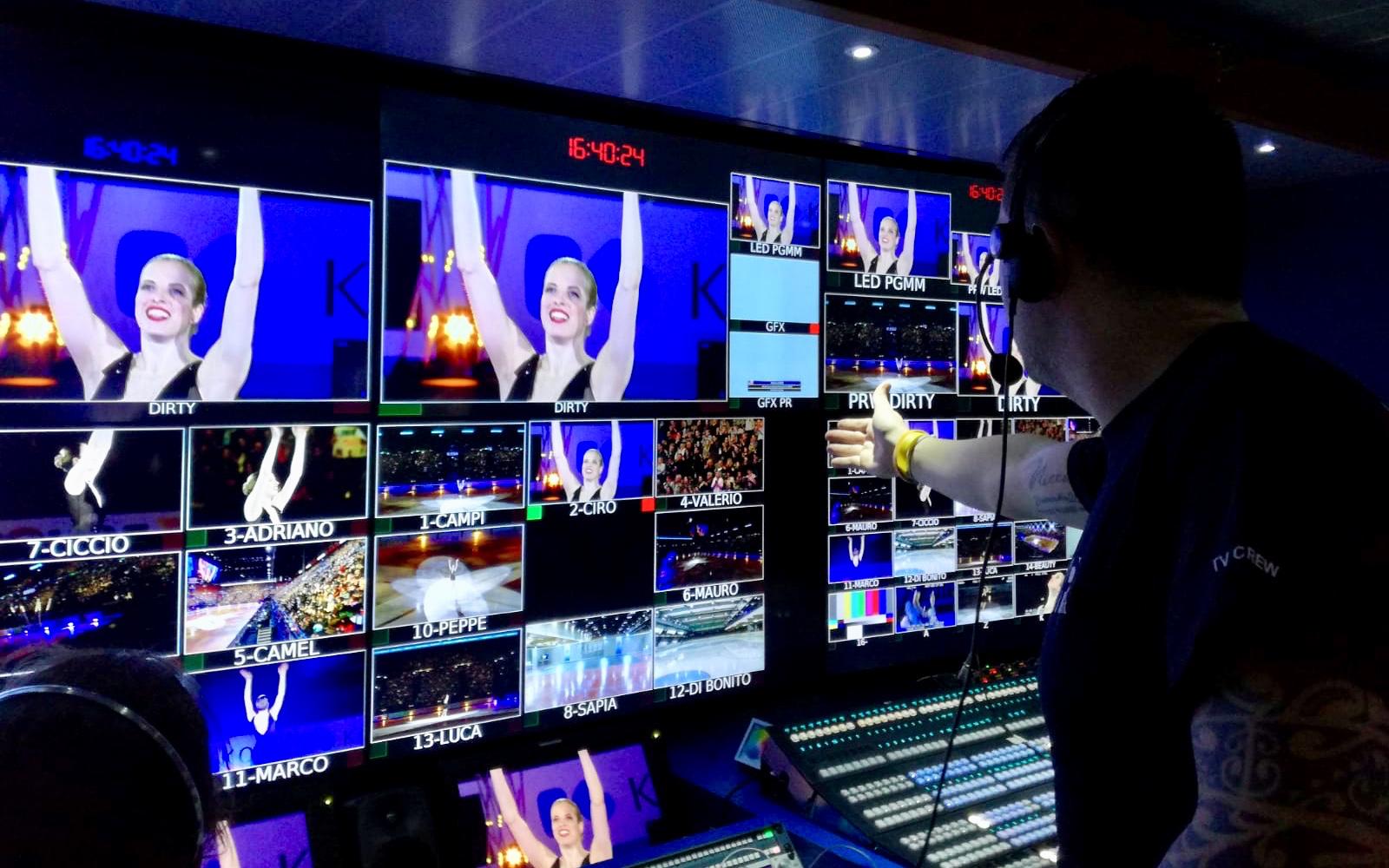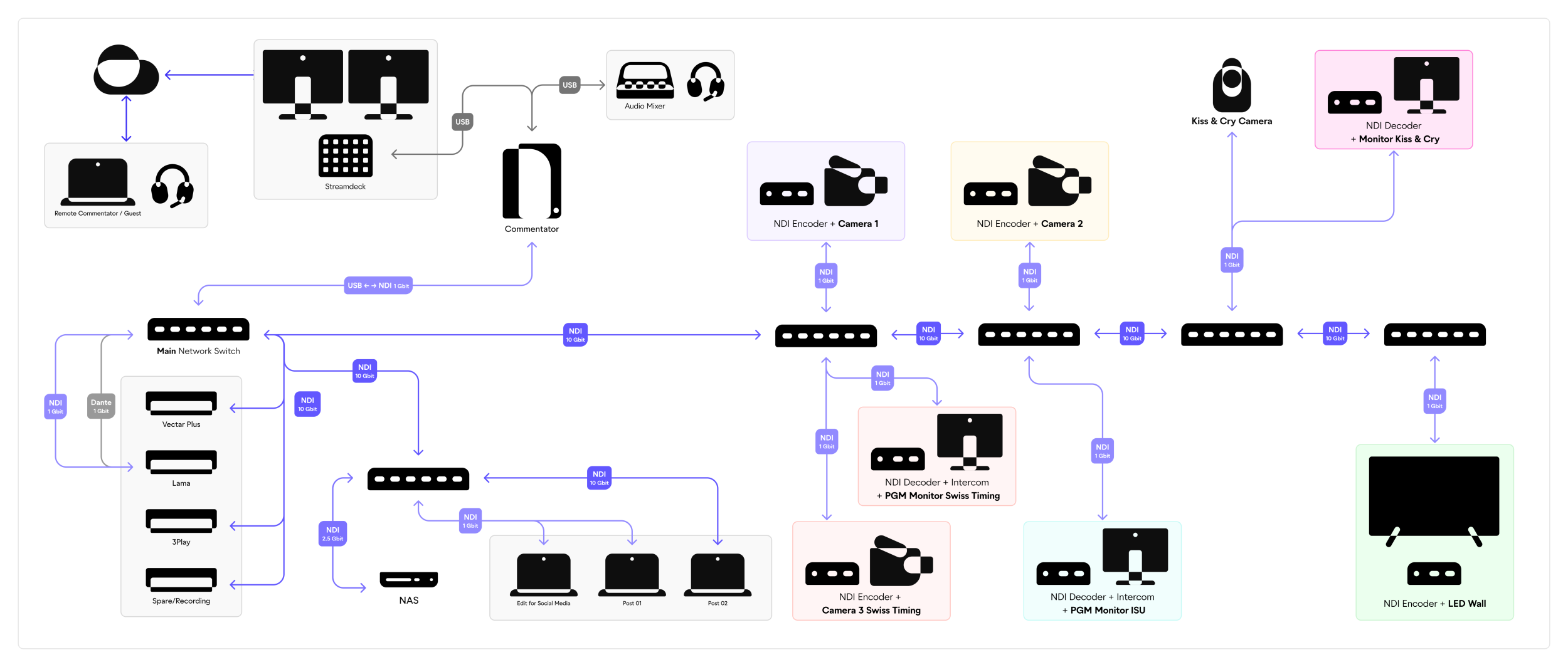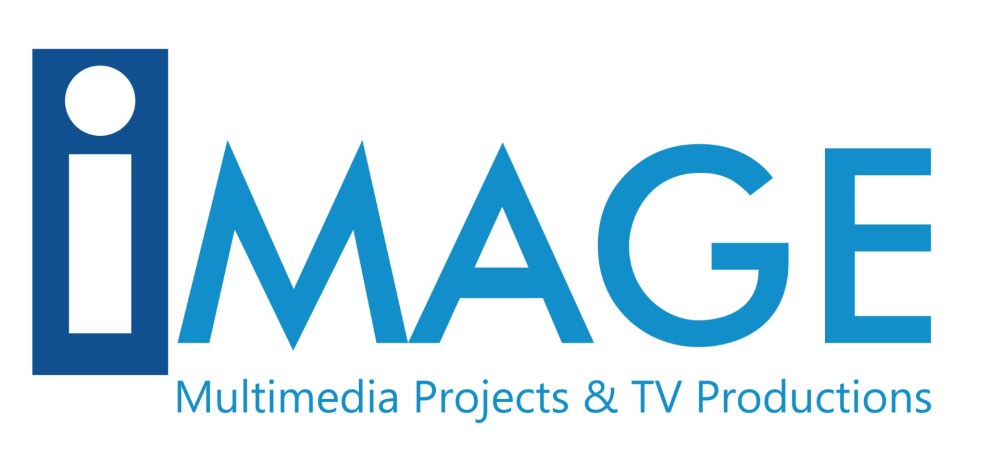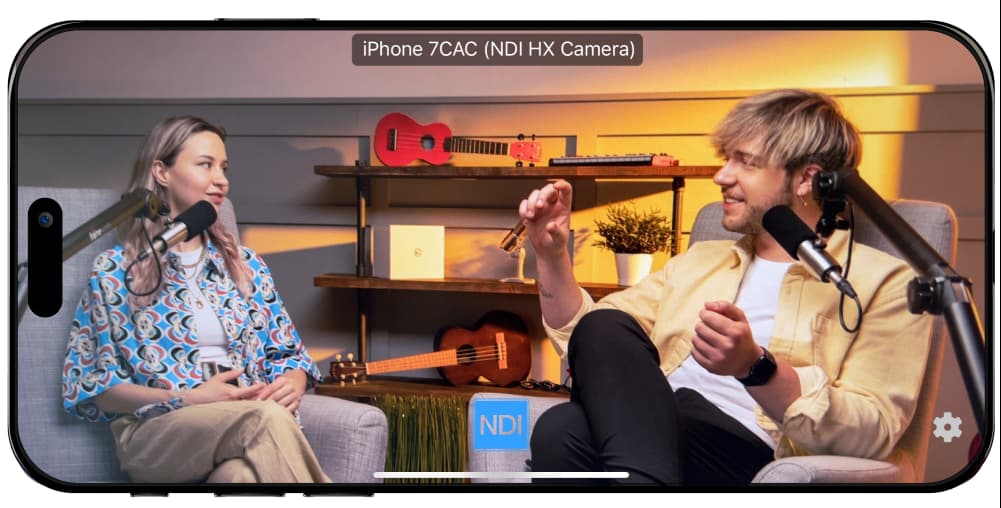Every year, the ISU Junior Grand Prix of Figure Skating presents IMAGE and MediaNews with an extraordinary challenge: deliver professional broadcast coverage across seven weeks, three continents, and multiple venues. Their solution is a 100% NDI-based workflow that enables a lean 11-person team to produce 173 hours of live content while moving their entire setup weekly. This innovative approach—combining portable flight cases, custom encoders, and software-driven production—delivers international-quality broadcasts while significantly reducing equipment weight, shipping costs, and setup time..
Some of the most significant numbers behind this travelling production.
Challenge
Long-time collaborators IMAGE and MediaNews face the daunting task of producing high-quality figure skating coverage while navigating a grueling international schedule and technical limitations.
The production follows a relentless weekly rhythm: arrive Monday, set up Tuesday, rehearse Wednesday, broadcast Thursday through Saturday (8-13 hours daily), then relocate to the next international venue on Sunday. This nomadic workflow demands equipment that can be rapidly deployed, operated consistently, and packed efficiently.
The challenge was how to organize a production spanning three continents, with no stop until the end: a true round-the-world circus.
Unlike senior competitions with larger budgets, the Junior Grand Prix requires delivering professional broadcast quality with more limited resources. The production needs to simultaneously output three distinct feeds: a main program with graphics and commentary, a clean international feed, and a dedicated graphics feed for the venue’s LED wall, all while maintaining broadcast standards.
Technical constraints further complicate matters. The venue’s LED wall requires zero-latency video, making remote or cloud production impossible and necessitating full on-site production capabilities. For venues in Bangkok, Ankara, and Wuxi (China), traditional OB vans aren’t practical, requiring a more portable solution that doesn’t compromise on quality.

Solution
The production team built their solution around NDI technology. This season’s packed calendar required three production setups. MediaNews’ OB Van covered the European stages, while for the Bangkok, Ankara, and Wuxi (China) events, the team utilized a unique “control room-in-a-flight case” solution.
The NDI-based production strategy focused particularly on minimizing the size and weight of equipment shipped, saving on both shipping costs and environmental impact.
The flight cases were equipped with:
This modular solution offered many technical advantages and unlocked new options for the production team:
Single-cable network architecture: The team ditched complex SDI cable arrangements for a streamlined single-cable IP-based network. This simplified connectivity dramatically reduced setup time and improved signal reliability across venues.
With NDI, instead of dealing with the complexity of multiple SDI cables, you just run a single 10 Gbit fiber from the live production control room to the skating rink. Around the rink, several network switches, interconnected via 10 Gbit links, connect all the cameras and additional equipment, such as producer workstations and various decoders for distributing audio and video signals throughout the venue. It's fast, reliable, and incredibly efficient.
Software-based flexibility: y replacing traditional hardware-based workflows with software-defined tools, the system gained a new level of agility and scalability. When a broadcaster requested an additional language stream, the team didn’t need to add physical hardware or worry about running out of SDI outputs; they launched another instance of OBS Studio.
NDI enables this kind of flexibility: every output is just another stream on the network, not another cable or port. Whether adding a source or delivering a new destination, expanding the workflow is a matter of configuration, not infrastructure.
Thanks to its IT-based architecture, NDI removes the hard limits of traditional video systems. Adding capacity or redundancy becomes a software operation, not a logistical challenge. This paradigm allowed us to respond quickly, adapt continuously, and scale without friction.
Infinite configuration possibilities: Combining Viz Vectar Plus and LAMA eliminated the limitations of traditional SDI hardware, opening endless configuration options for live productions.
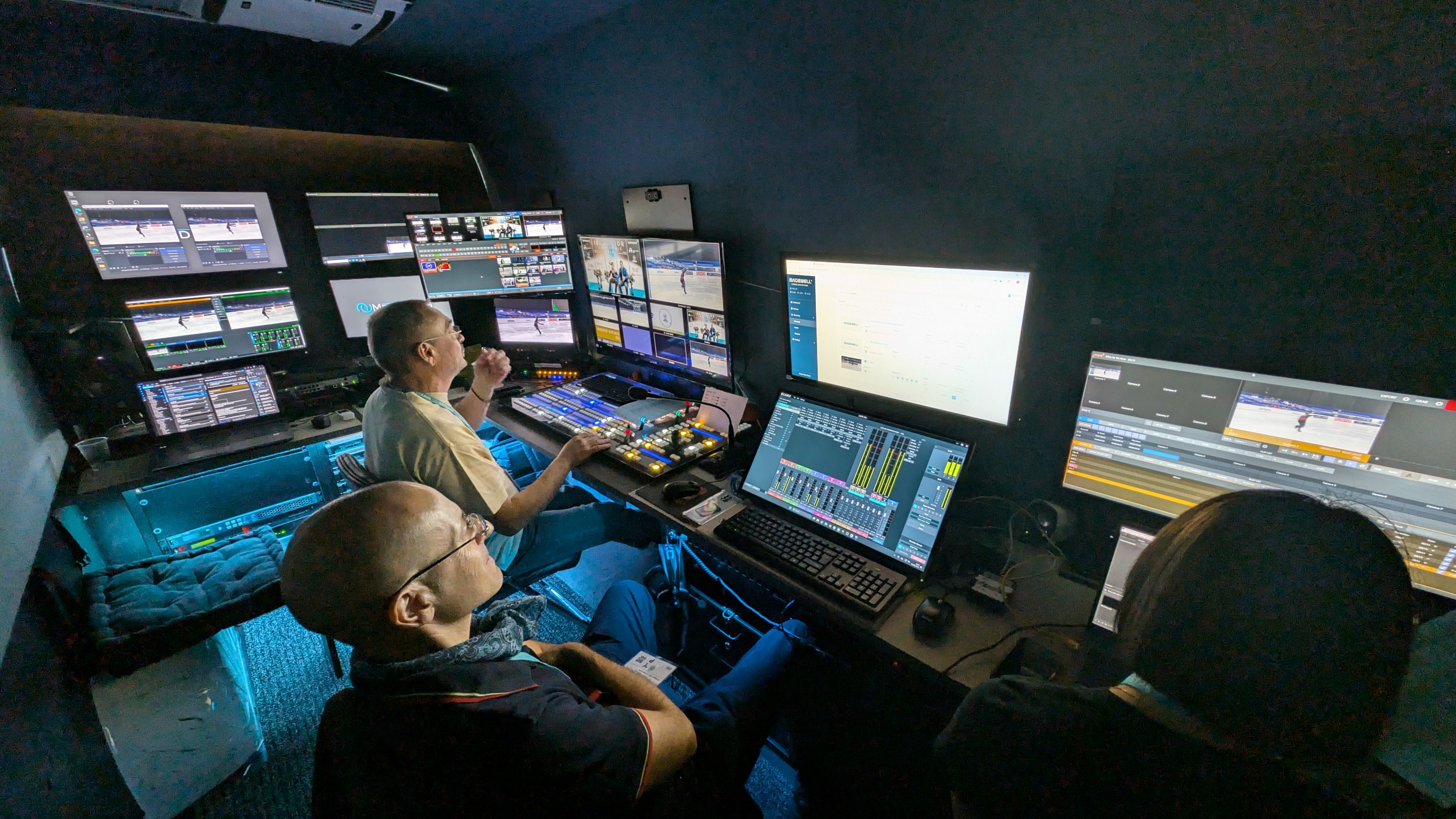
A Professional Bond Forged in Innovation
The long-standing professional and personal relationship between Andrea Miglio, director and owner of IMAGE, and Roberto Musso, Technical Director of NDI and CEO/CTO of MediaNews, is rooted in mutual respect, creativity, and a shared passion for pushing technological boundaries.
Andrea recalls:
“I first met Roberto in 2000, when I joined the team at Sailing Channel, a thematic TV channel. Roberto had literally built the entire infrastructure, studio, playout system, and post-production rooms. Even back then, he was inventing creative technological solutions, often going beyond what was considered possible at the time. I remember during the 2000 America’s Cup, Roberto devised a system to transfer interviews from Auckland to Milan overnight, so we’d have fresh content ready to air the next morning. We eventually lost touch for a while, but reconnected shortly before the COVID pandemic and started working together again. Roberto and I have a relationship built on mutual respect, we never step on each other’s toes when it comes to our areas of expertise.”
Roberto adds:
“Andrea is a tsunami of ideas, with deep expertise as a director and a producer. Every time he calls me about a new project, he presents it as a challenge and gives me complete freedom in the technical approach. Once production is underway, I often hear him say, ‘With a traditional setup, this would have never been possible.’
Sometimes, when he proposes something particularly ambitious, I tell him it’s not feasible. He just smiles at me and says, ‘Yeah, right. See you next week, you’ll figure something out.’”
Outcome
The NDI-based workflow delivered exceptional results across both technical and creative dimensions. Over seven weeks, the 11-person team produced 173 hours of live broadcasts, reaching more than half a million viewers—all while maintaining professional quality and overcoming the logistical challenges of a constantly moving production.
The simplified connectivity of NDI dramatically reduced equipment weight and complexity, generating substantial cost savings in international shipping while improving reliability through fiber optic connections. This proved especially valuable for venues with long cable runs where traditional copper connections would have been impractical.
For Director Andrea Miglio, NDI’s most significant impact was on creative freedom. “I remember asking, ‘How many sources can we use?‘ and Roberto replied, ‘Think of a big number, now square it’. That’s the kind of freedom we’re talking about.”
This removal of traditional hardware constraints transformed how the team approached production decisions. Rather than limiting creative options, NDI expanded possibilities, allowing them to enhance storytelling with multiple daily interviews and varied visual approaches.
“For this season, I proposed not one remote guest per weekend but three per day—and with NDI, adding a remote guest is just ‘do it.’ You don’t need to add extra equipment,” explains Andrea. This flexibility enabled the team to implement impromptu creative decisions without technical delays or equipment adjustments.
The technical simplicity of NDI also freed the production team to focus on storytelling rather than equipment limitations. “Instead of dealing with the nightmare of SDI cabling and synchronization, with NDI, you just add another network switch. It’s super easy to change, reconfigure, and add creative layers,” notes Andrea. This streamlined approach allowed for ultra-low latency between remote and on-site elements, making the international production feel seamless despite spanning multiple continents.
Most importantly, NDI provided the operational agility to respond instantly to changing requirements and venue conditions.
NDI is like a friend—it never says no. When the client wants another output or screen, we can simply add it. It's flexible, scalable, and the backbone that makes our innovative workflows possible.

